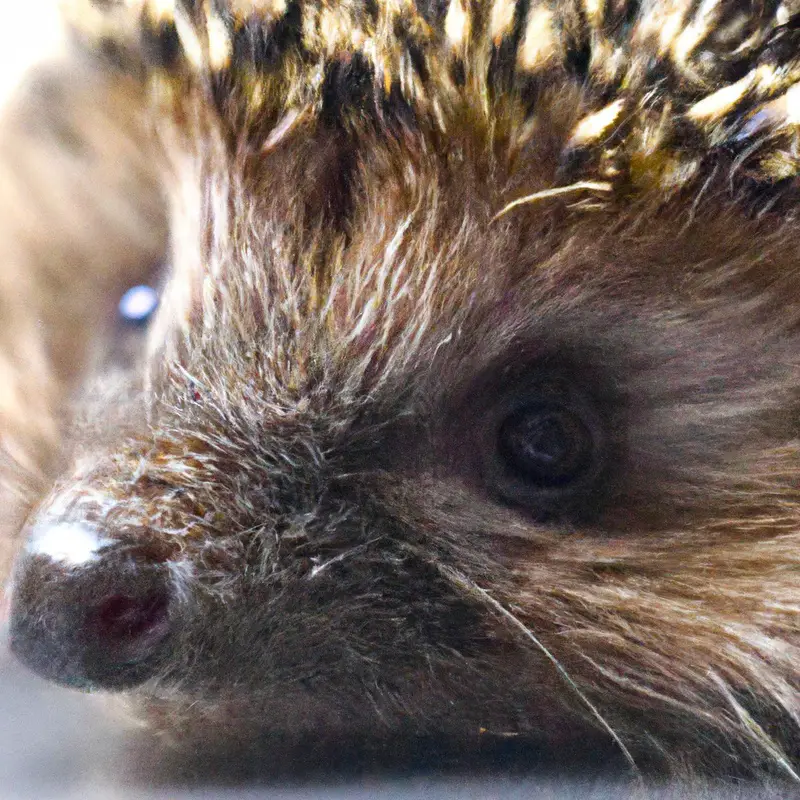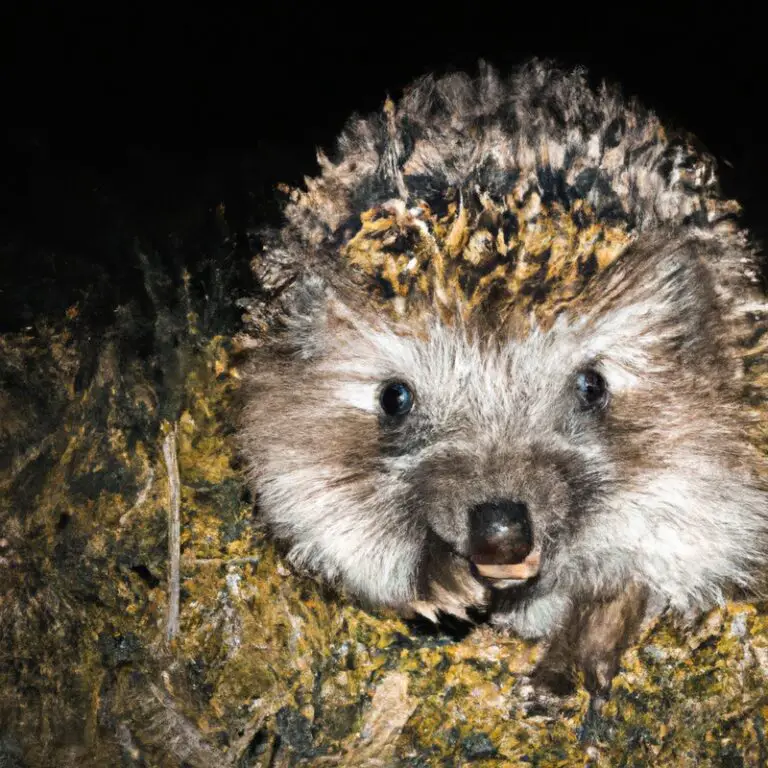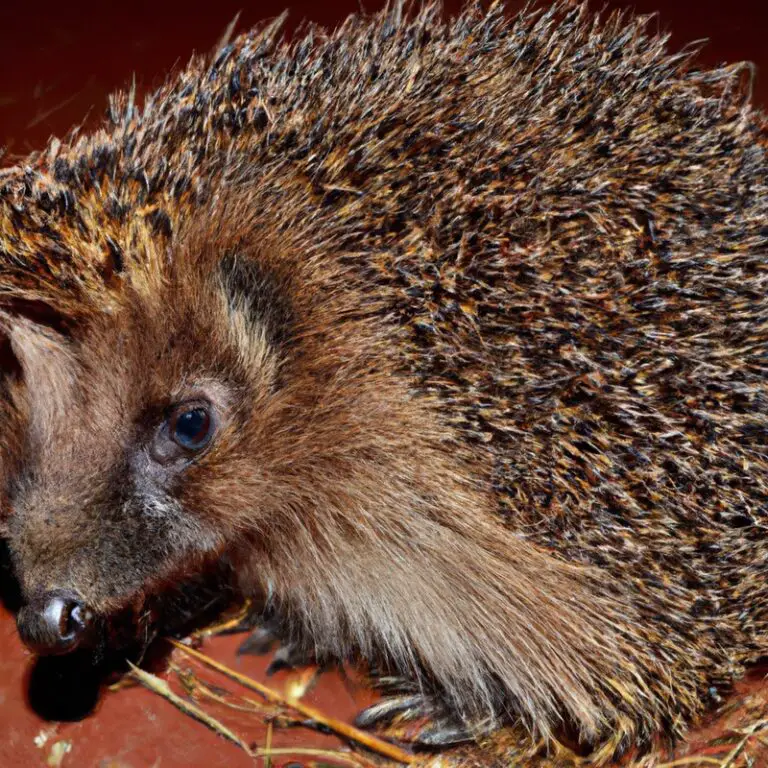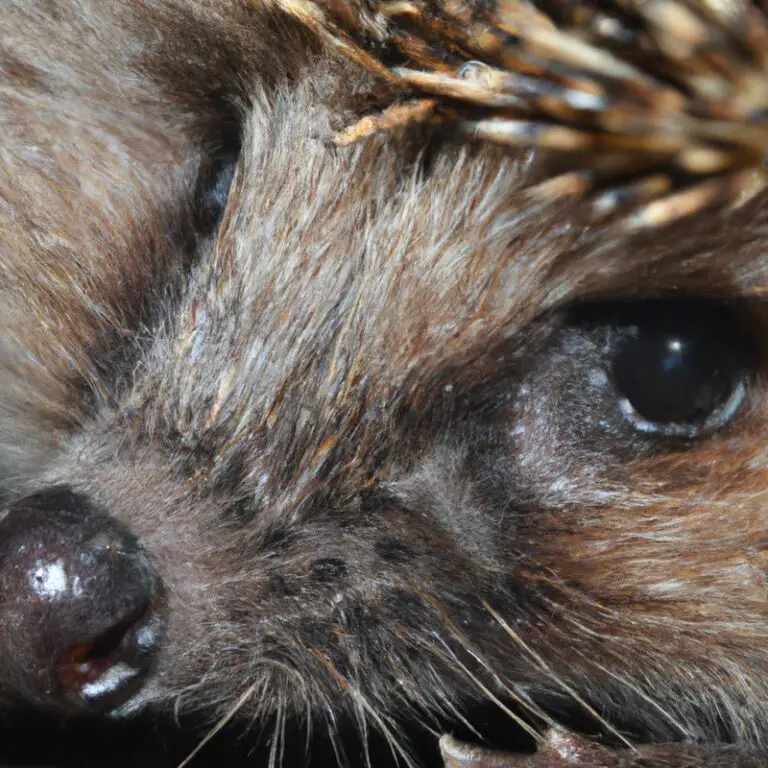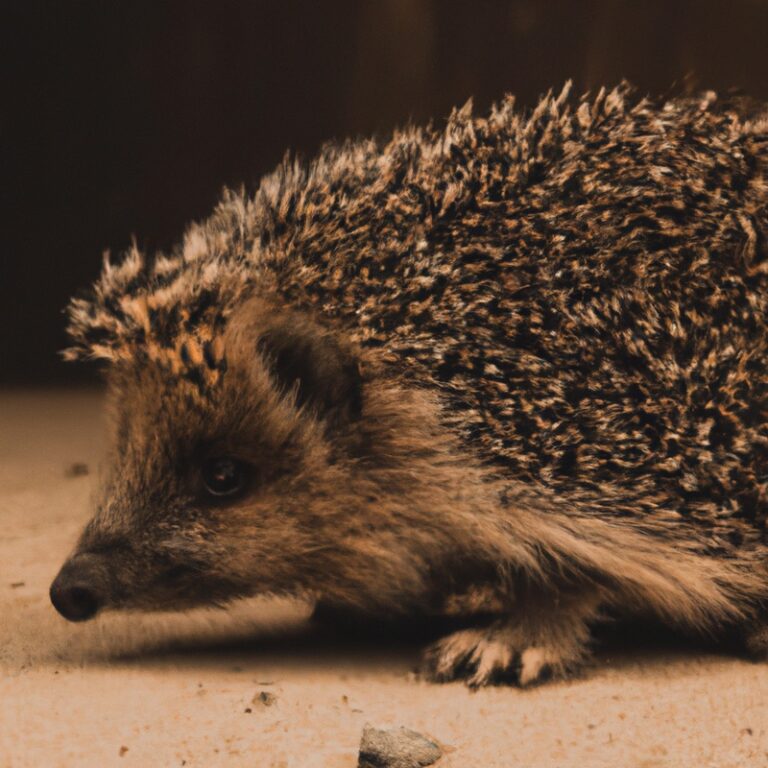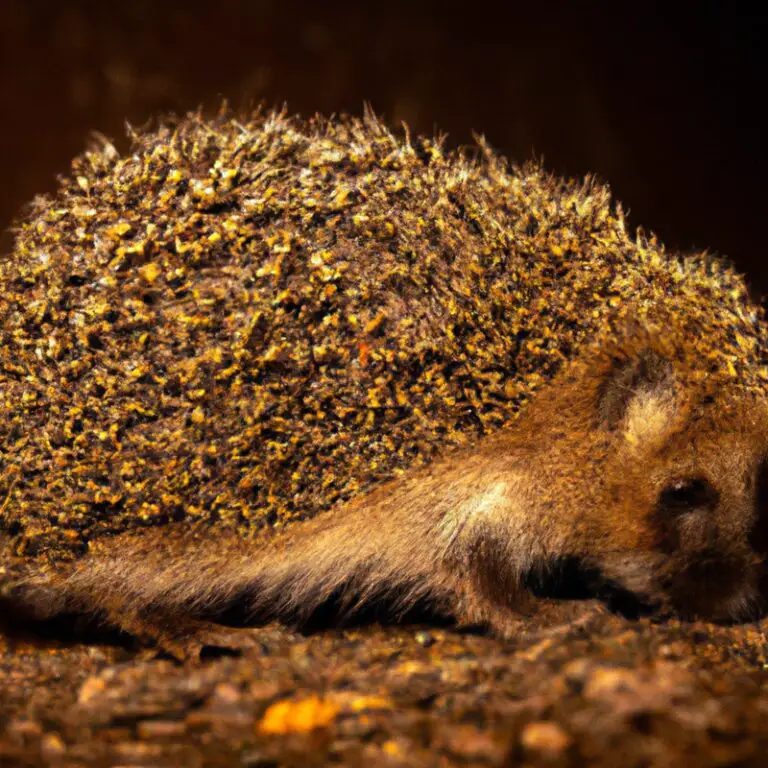How Do Hedgehogs Raise Their Young?
Key Takeaways:
- Hedgehogs raise their young on their own without any involvement from the father.
- Female hedgehogs give birth to a litter of hoglets and provide them with warmth and protection.
- Hedgehogs make nests using leaves, grass, and other materials to create a safe environment for their young.
- The mother hedgehog nurses her hoglets until they are old enough to venture out and explore on their own.
Hey there, ever wondered how hedgehogs manage to raise their adorable little hoglets? Well, get ready to dive into the fascinating world of hedgehog parenting! These spiky creatures may seem prickly on the outside, but they have some incredible habits and behaviors when it comes to raising their young.
From their intricate courtship rituals to the challenges they face in protecting their hoglets, hedgehogs display some truly remarkable parenting skills.
In this article, we’ll uncover the secrets of how hedgehogs navigate the journey of mating, pregnancy, birth, and raising their hoglets, shedding light on the amazing world of hedgehog parenting. Get ready for an adventure!
| Stage | Description |
|---|---|
| 1. Mating | Hedgehogs mate in late spring or early summer. The male courtship involves circling the female and making various vocalizations. |
| 2. Pregnancy | Once fertilized, the female hedgehog carries the embryos in her womb for about 35 days. |
| 3. Birth | The female gives birth to a litter of 3 to 5 hoglets. They are born blind, deaf, and covered in soft spines called ‘spines’ |
| 4. Nursing | The mother hedgehog nurses her hoglets with milk. The hoglets grow rapidly during this stage. |
| 5. Exploration | When the hoglets are around 3-4 weeks old, they start to explore outside the nest and learn to forage for food. |
| 6. Independence | After approximately 6 weeks, the hoglets become independent and leave the mother’s care to establish their territories. |
Habits and Behavior of Hedgehogs during Mating
During the mating season, hedgehogs exhibit specific courtship rituals before engaging in copulation and fertilization.
Mating season for hedgehogs
During the mating season, which typically occurs from April to September, male hedgehogs become more active and assertive.
They roam their territories in search of females and engage in courtship rituals such as nose-to-nose sniffing and chasing.
Once a female is receptive, mating occurs.
After mating, the male usually leaves, and the female prepares a nest for the upcoming offspring.
Hedgehogs do not form long-term pair bonds and are generally solitary creatures.
Courtship rituals of hedgehogs
The courtship rituals of hedgehogs can be quite fascinating to observe.
To attract a mate, male hedgehogs engage in several behaviors.
They may circle around the female, emit high-pitched squeals, and even perform a dance-like movement.
Nose-to-nose touching is also common during courtship.
Once the female is interested, she may respond by puffing up her quills or adopting a receptive posture.
These rituals are important for hedgehogs to establish a connection and begin the mating process.
Copulation and fertilization
Copulation is the process in which hedgehogs mate and fertilization occurs.
It involves the male hedgehog mounting the female and inserting his penis into the female’s reproductive tract.
The sperm is then released and travels to the female’s fallopian tubes where fertilization takes place.
Hedgehog copulation is typically brief, lasting only a few minutes.
After fertilization, the female hedgehog will carry and care for her young in her nest.
Pregnancy and Birth of Hedgehogs
During pregnancy, hedgehogs have a gestation period of around 35-40 days and the mother builds a nest to prepare for the birth of her hoglets.
Gestation period of hedgehogs
The gestation period of hedgehogs typically lasts around 30 to 40 days. During this time, the female hedgehog will carry and nourish her growing babies inside her womb.
It’s important to provide a comfortable and stress-free environment for the pregnant hedgehog, as stress can negatively affect the gestation period.
Once the babies are born, they are born with soft spines and closed eyes, relying on their mother for warmth and nourishment. It’s fascinating to see how hedgehogs care for their young!
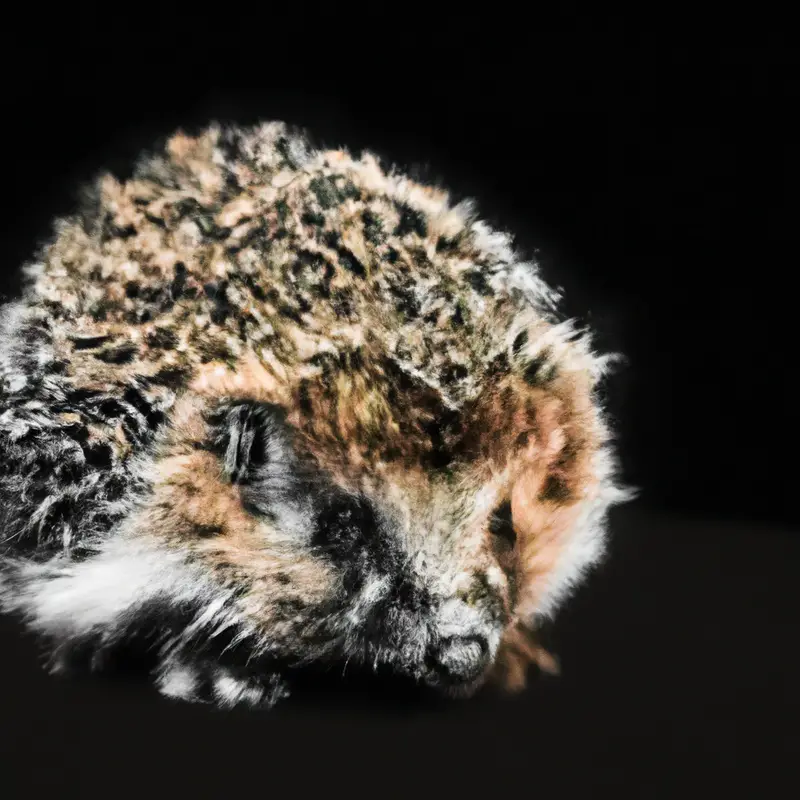
Nest-building habits of pregnant hedgehogs
Pregnant hedgehogs have some interesting nest-building habits.
They often look for warm and safe spots to create their nests, such as under bushes or in piles of leaves.
They use materials like grass, leaves, and twigs to build cozy, well-insulated nests for their babies.
The nest acts as a protective shelter for the newborn hedgehogs, keeping them warm and secure.
Hedgehogs are amazing at creating these nests, ensuring their young have a comfortable start in life.
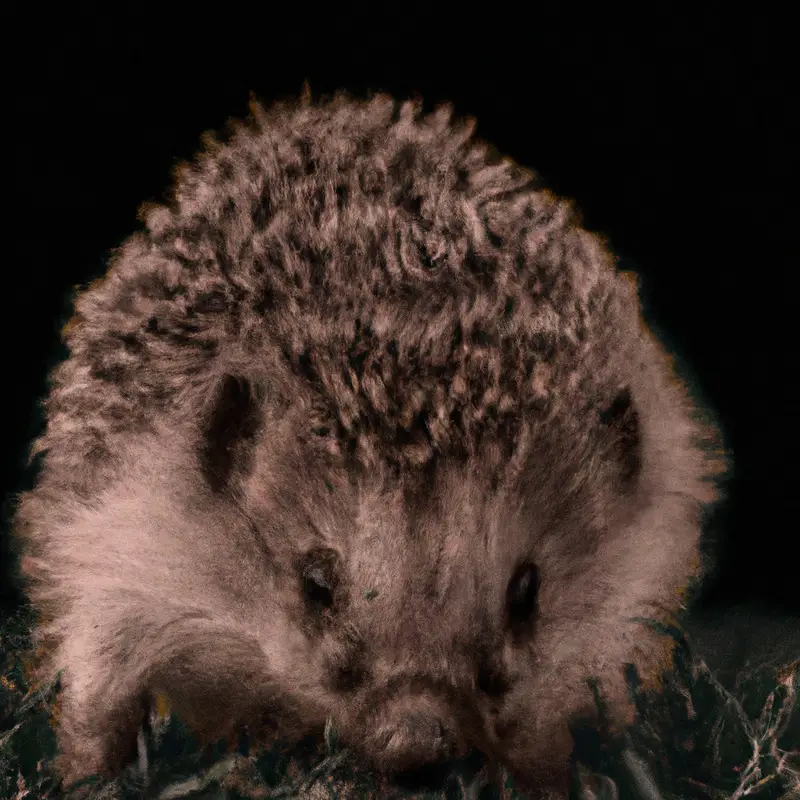
Giving birth to hoglets
Giving birth to hoglets is a natural process for hedgehogs.
After a gestation period of around 35 days, the female hedgehog will find a safe and secluded spot to give birth.
She will then deliver a litter of hoglets, which can range from 1 to 7 in number.
The hoglets are born blind, deaf, and covered in soft spines.
The mother will nurse and care for them until they are ready to venture out on their own after about 6-7 weeks.
It’s important to provide a quiet and secure environment for the mother and her hoglets during this time to ensure their safety and well-being.
Raising Hoglets and Parental Care
Mother hedgehogs play a vital role in raising their hoglets, providing them with care and guidance.
Mother hedgehog’s role in raising hoglets
Mother hedgehogs play a vital role in raising hoglets. They provide warmth and shelter for their young by building nests, usually made of leaves and grass.
The mother also nurses and feeds the hoglets, ensuring they receive the proper nutrition for growth.
She teaches them important skills like foraging and self-defense, and carefully monitors their development. The mother hedgehog’s role is crucial in ensuring the survival and well-being of her hoglets.
Feeding hoglets and their diet
Feeding hoglets and providing them with a proper diet is important for their growth and development. Baby hedgehogs are typically weaned at around 4-6 weeks old and can start eating solid foods.
Their diet should consist of high-quality cat or dog food, supplemented with insects, fruits, and vegetables.
It’s crucial to ensure that the food is moistened to make it easier for them to chew and digest. Additionally, providing fresh water is essential for their hydration.
Protection and defense mechanisms
Hedgehogs have several protection and defense mechanisms to keep themselves safe in the wild.
One of their main defenses is their spiky coat, which acts as a barrier against potential threats.
When they feel threatened, hedgehogs curl up into a tight ball, covering their vulnerable body parts with their sharp quills.
They also have excellent hearing and can detect potential dangers from a distance, allowing them to escape quickly if needed.
In addition, hedgehogs are known to make hissing and snorting noises to warn predators to stay away.
These defense mechanisms help hedgehogs to navigate their natural habitat and avoid potential harm.
Growth and Development of Hoglets
Hoglets go through distinct growth stages as they develop from newborns to independent adults. We will explore their physical and behavioral changes during this process.
Growth stages of hoglets
Hoglets go through different stages of growth as they develop into adult hedgehogs. Initially, they are born blind, hairless, and completely dependent on their mother for warmth and milk.
As they grow, their spines, fur, and vision start to develop.
They become more mobile and begin exploring their surroundings. Eventually, they are weaned off their mother’s milk and learn to feed themselves.
This growth process is crucial for their survival and prepares them for life in the wild.
Understanding hoglets’ senses and behavior
Hoglets, or baby hedgehogs, have fascinating senses and behaviors.
They rely heavily on their sense of smell, which helps them find food and identify their mother.
Their tiny spines are soft at first but begin to harden within a day, providing them with some protection.
Hoglets are born blind but quickly develop the ability to see.
They are also very vocal, making chirping and hissing sounds.
These curious creatures begin exploring their surroundings at around 3 weeks old and start tasting solid food soon after.
Understanding hoglet senses and behaviors can help us care for them and better appreciate their unique characteristics.
Gradual independence of hoglets
As hoglets grow, they gradually become more independent from their mothers.
This process is important for their survival in the wild.
Initially, hoglets rely on their mother for warmth and nursing.
As they mature, they start exploring their surroundings and learning important skills, such as foraging for food and self-defense.
Eventually, they become capable of fending for themselves and will leave their mother to establish their own territory.
The gradual independence of hoglets ensures their ability to thrive in the wild.
Challenges Faced by Hedgehogs in Raising Their Young
Hedgehogs face challenges in raising their young, including predators, obstacles, and the impact of climate and environment.
Predators of hedgehog hoglets
Hedgehog hoglets are vulnerable to several predators in the wild. The main predators include foxes, badgers, birds of prey, and domestic cats.
These predators pose a significant threat to the survival of hoglets, especially during the first few weeks of their lives when they are still helpless and dependent on their mother.
To protect their young, hedgehogs find secluded areas to build their nests, often using materials available in the environment. Despite these efforts, predation remains a significant challenge for hedgehog hoglets in the wild.
Natural and human-made obstacles
Hedgehogs face a range of obstacles in raising their young, both from nature and human activities.
Natural obstacles include predators such as foxes and owls, as well as adverse weather conditions like heavy rain and cold temperatures.
Human-made obstacles come in the form of habitat loss due to urbanization and the use of pesticides, which reduce the availability of food and safe nesting sites.
These obstacles can make it challenging for hedgehogs to successfully raise their young, highlighting the importance of conservation efforts to protect these adorable creatures.
Impact of climate and environment on hoglet survival
The climate and environment play a significant role in determining the survival of hoglets.
Extreme temperatures, such as intense heat or cold, can be detrimental to their well-being.
They are vulnerable to dehydration or hypothermia if not provided with suitable shelter and temperature regulation.
Additionally, the availability of food and water sources is crucial for their growth and development.
The quality and availability of these resources greatly impact their chances of survival.
Ultimately, creating a favorable climate and environment is essential for the successful raising of hoglets.
Frequently Asked Questions about hedgehog parenting
How long do hedgehogs stay with their young?
Hedgehogs typically stay with their young for about four to six weeks.
During this time, the mother hedgehog provides care, including nursing and protecting her babies.
As the young hedgehogs grow and become more independent, they gradually start to venture out on their own.
This period of parental care is essential for the survival and development of the young hedgehogs, as it allows them to learn important skills and behaviors from their mother before they go off on their own.
At what age do hoglets become independent?
Hoglets typically become independent at around 6 to 8 weeks old.
At this age, they start to venture out on their own, exploring their surroundings and foraging for food.
Their mother gradually starts to spend less time with them, encouraging them to become self-reliant.
This is an exciting time for hoglets as they learn important survival skills and become more self-sufficient in the wild.
Do hedgehogs have multiple litters in a year?
Hedgehogs do not have multiple litters in a year.
They typically have one breeding season, which occurs in the spring and summer months.
Female hedgehogs give birth to a single litter of hoglets, usually ranging from three to six babies.
After giving birth, the mother tends to her young for about four to six weeks until they are ready to venture out on their own.
This ensures that she can provide the necessary care and attention to each litter before the next breeding season.
Final Verdict
Hedgehogs are diligent and caring parents when it comes to raising their young.
From the mating season to birth and beyond, hedgehogs exhibit fascinating behaviors and habits that contribute to the survival and growth of their hoglets.
The mother hedgehog plays a crucial role in nurturing and protecting her offspring, while the hoglets gradually gain independence as they grow.
However, hedgehogs face various challenges such as predators and environmental obstacles that impact hoglet survival.
By understanding and appreciating the intricacies of hedgehog parenting, we can better appreciate these remarkable creatures and their remarkable journey in raising their young.

